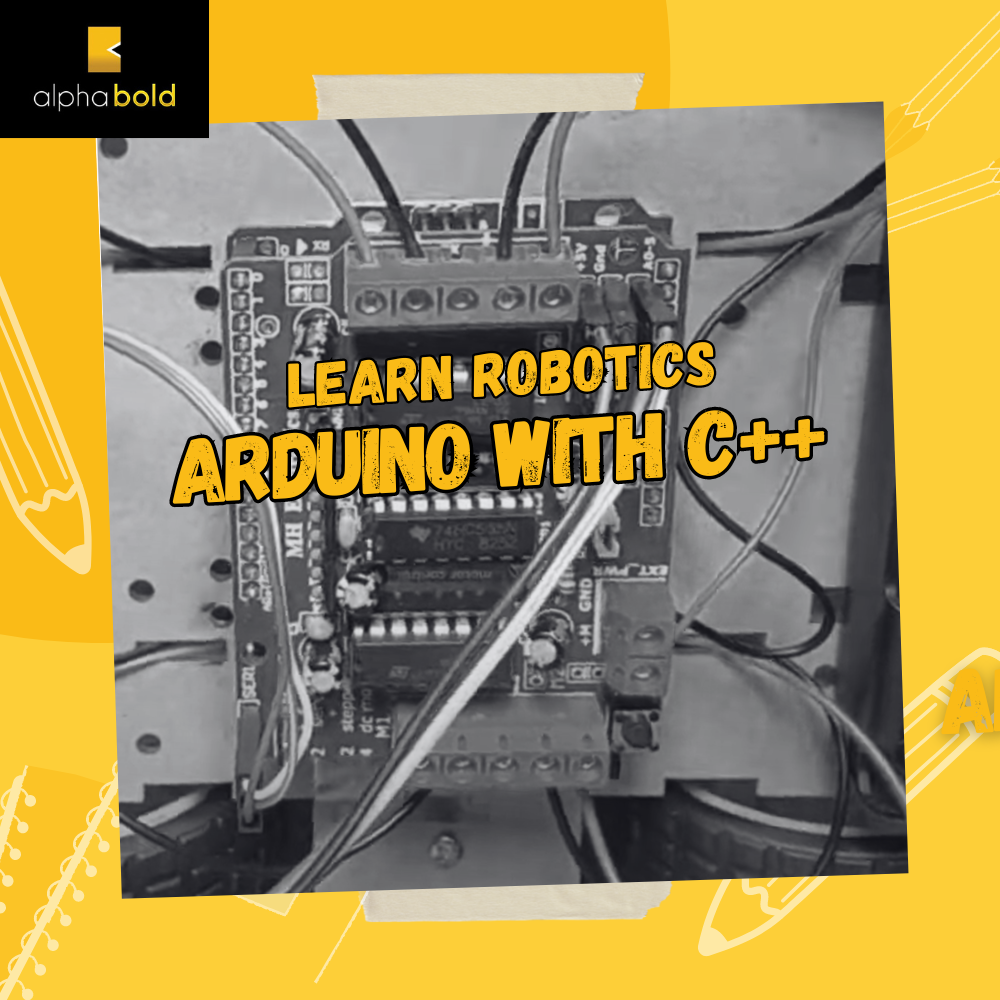Overview
This course provides a comprehensive introduction to Arduino C++ coding with Arduino IDE. Arduino serves as the central control unit for robots, directing various components through Arduino programming language. The course aims to familiarize you with the Arduino platform and the field of physical computing. You will gain a solid foundation in programming fundamentals and C++ syntax, while learning how to utilize Arduino for sensor control, actuation, and device communication.
Throughout the course, you will gain practical experience using Arduino IDE. You will learn how to connect different sensors and actuators to an Arduino board and employ C++ code to regulate their behavior effectively.
Additionally, the course emphasizes best coding practices, covering techniques for organizing and formatting your code to enhance readability and maintainability. By the course's conclusion, you will possess the necessary skills and knowledge to embark on your own Arduino projects and delve into the vast potential of physical computing.
Aims
- Introduce the Arduino platform and its capabilities.
- Develop basic programming skills using C++ within the Arduino IDE.
- Equip students with the knowledge to interact with electronic components using Arduino.
- Provide a foundation for building interactive and functional electronic projects.
Learning Outcomes
By the end of this course unit, you will be able to:
- Describe the Arduino platform and its role in electronics prototyping.
- Navigate and utilize the Arduino Integrated Development Environment (IDE).
- Write basic C++ code for interacting with electronic components.
- Explain the role of tokens, variables, and data types in C++ programming.
- Utilize operators for calculations and manipulate data within your code.
- Implement control flow techniques like conditional statements and loops.
- Define and utilize functions to structure and reuse code efficiently.
- Control the digital and analog outputs of the Arduino board.
- Read data from digital and analog sensors connected to the Arduino.
- Employ debugging strategies to identify and fix errors in your code.
- Apply your knowledge to build practical projects like an automatic street light system, a burglar alarm system, and an obstacle-avoiding robotic car.
